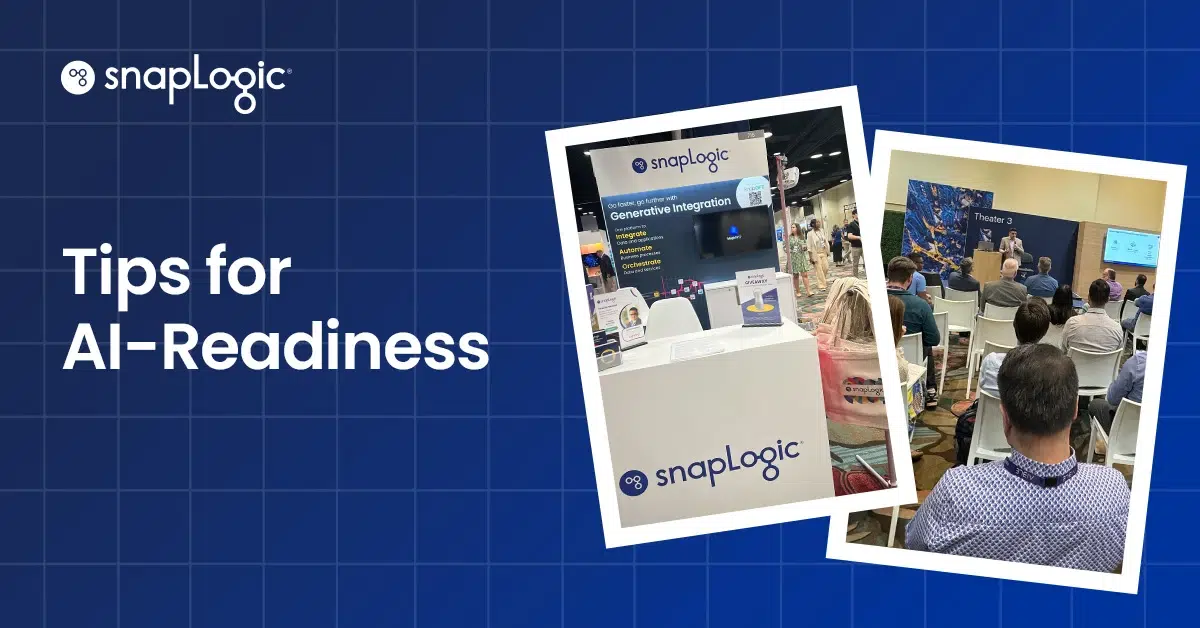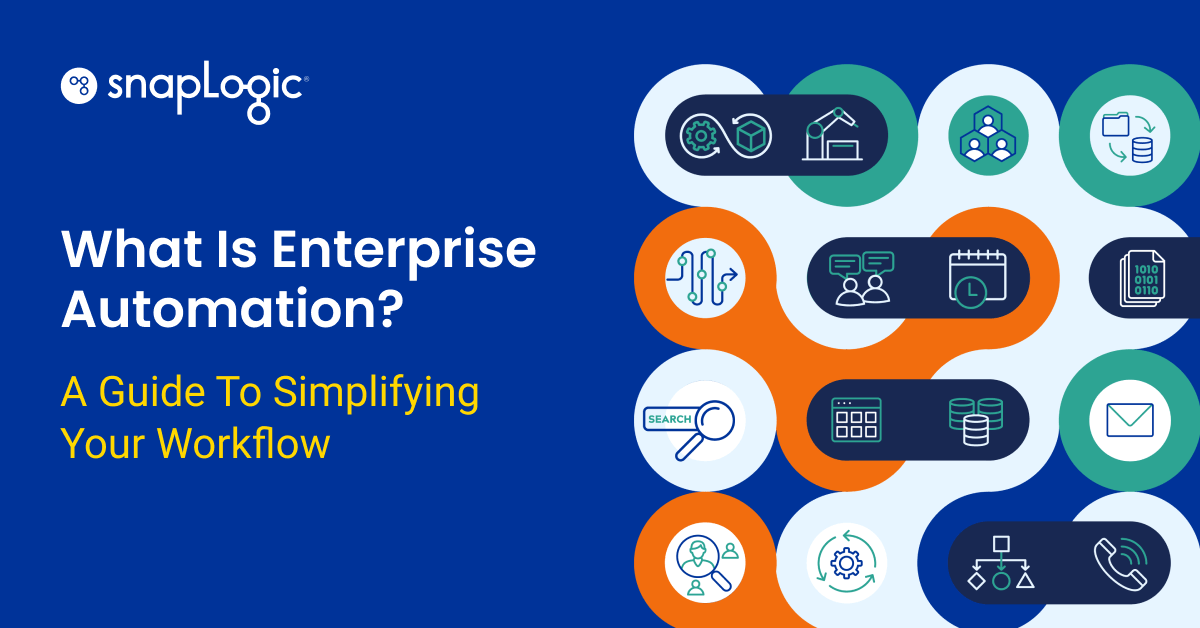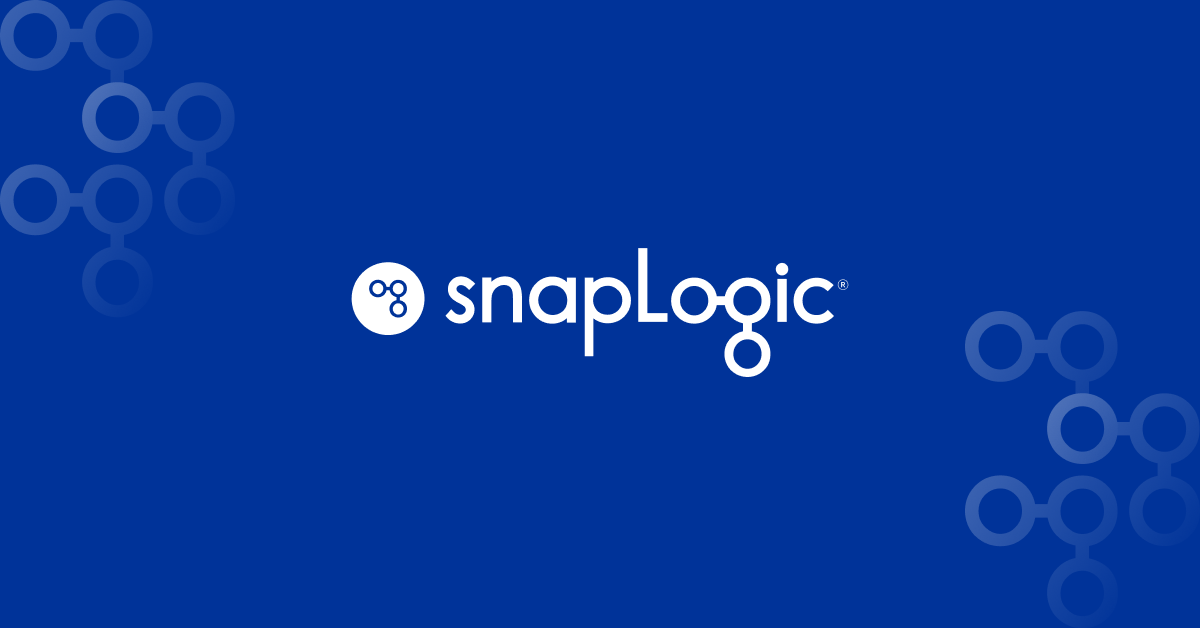What is Oracle EBS?
Oracle EBS stands for the Oracle e-Business Suite, a set of 50+ SaaS Oracle applications that automates three key business processes:
- Enterprise resource planning (ERP)
- Customer relationship management (CRM)
- Supply-chain management
Oracle e-business suite applications run in Oracle Cloud to deliver a modern, mobile experience from any web browser. It is based on Oracle’s flagship SQL relational database, which provides users with a single source of truth for their data. The suite is comprised of product lines of applications designed for order management, logistics, procurement, projects, manufacturing, asset lifecycle management, service, and financial management.
Oracle EBS is the most widely used Oracle enterprise software package, despite Oracle’s acquisitions of other vendors including JD Edwards, Siebel, and PeopleSoft. First released in 2001, Oracle has consistently updated the suite to keep pace with modern business needs, cloud migration, and technological advancements.
Why use Oracle EBS?
Businesses choose Oracle EBS for its solid 30+ year history of innovation, reliability, and because it makes it easy to flow all data into one database and access valuable business intelligence. It enables automation of key business processes that help the business to move faster, with greater accuracy, reduce costs, streamline operations and deliver a better customer experience.
The following are the key business applications in the suite:
ERP
The Oracle e-Business Suite has extensive applications for ERP systems, including financials, project management, procurement, risk management and compliance, enterprise performance management, supply chain and manufacturing, and ERP analytics.

CRM
The customer relationship management solution provides information to drive data-driven sales, marketing, and service functions. Built on open standards-based architecture, the Oracle EBS CRM streamlines business processes, provides a single source of truth, and improves data quality.
SCM
The Oracle EBS supply chain management enables businesses to better plan demand, supply, order fulfillment, and production across supply chains, while fostering end-to-end collaboration that increases service, reduces disruptions and costs.
Like its competitor’s SAP and Microsoft, Oracle EBS is designed to make core business processes easier, streamline workflows, deliver outcomes faster and be more cost-efficient. Oracle has also pre-integrated its real-time business intelligence (BI) applications to ensure Oracle EBS users have the business analytics and business intelligence needed for decision-making.
Leverage Oracle EBS across the enterprise with SnapLogic
Many enterprises are still in a hybrid cloud environment, running some core systems in various clouds and also still utilizing on-premise capabilities. If you’re undergoing a cloud migration, you’ll likely run Oracle EBS in Oracle Cloud infrastructure. Using Oracle’s e-business suite to automate your ERP, CRM, and SCM processes, you’ll want to ensure that your other business applications can easily integrate.
SnapLogic makes it easy to integrate Oracle EBS applications with your other applications and systems. With more than 500 pre-configured Snaps, it’s easy to quickly build integration pipelines and connect workflows to maximize the value of your Oracle EBS investment. By integrating other key business applications, as well as custom-built ones, you can improve functionality and foster more self-service across the enterprise.
Unlike traditional application integration that is performed manually and consumes time and resources, SnapLogic is an integration platform as a service (iPaaS) that automates data integration and application integration to make it easy for even citizen integrators (non-technical folks) to create integrations that improve workflows and save time.
Oracle EBS is a powerful business application suite that delivers high-performance process improvements and automation for enterprises today. With SnapLogic, you can leverage the highest value out of EBS while driving automation across the enterprise in new, innovative ways.







